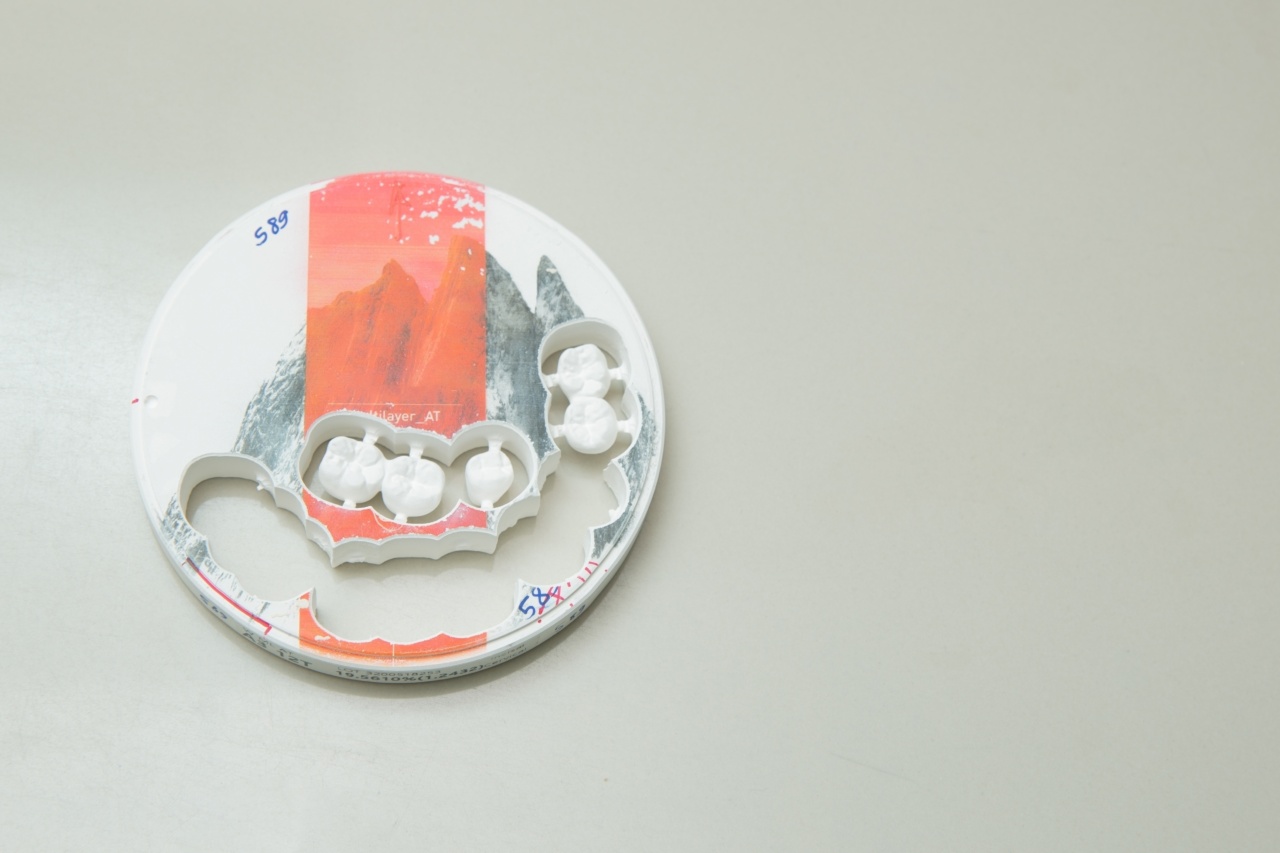Tooth loss is a common dental problem that can occur due to various reasons. Understanding the causes behind tooth loss is essential to prevent it and maintain good oral health. Here are some of the most common reasons why people experience tooth loss:.
Poor Oral Hygiene
Inadequate oral hygiene is one of the primary causes of tooth loss. Failure to brush and floss regularly allows bacteria and plaque to accumulate, leading to gum disease and tooth decay. Over time, this can result in tooth loss.
Gum Disease
Gum disease, also known as periodontal disease, is a prevalent condition that can cause tooth loss. When plaque and tartar build-up on the teeth and around the gumline, it can lead to inflammation and infection.
If left untreated, gum disease can cause the gums to pull away from the teeth, resulting in tooth loss.
Tooth Decay
Tooth decay, caused by the destruction of tooth enamel, can also lead to tooth loss. When cavities are left untreated, they can spread and affect the underlying structures of the tooth, including the root.
Severe decay may result in the need for extraction or loss of the tooth.
Trauma or Injury
Accidents or injuries that impact the mouth can result in tooth loss. A forceful blow to the face or mouth can cause teeth to become dislodged, fractured, or completely knocked out.
Immediate dental intervention is crucial in such cases to save the tooth, if possible.
Medical Conditions
Certain medical conditions, like diabetes and osteoporosis, can increase the risk of tooth loss. Diabetes can affect the body’s ability to fight infection, making the gums more susceptible to gum disease.
Osteoporosis affects bone density, including the jawbone, which can contribute to tooth loss.
Genetics
Genetics can also play a role in tooth loss. Some individuals may inherit weaker tooth enamel or have a predisposition to certain dental conditions, such as gum disease or overcrowding. These factors can increase the likelihood of tooth loss over time.
How to Fix Tooth Loss
Fortunately, tooth loss is not a permanent condition, and there are several effective solutions available to fix it. The appropriate treatment option depends on the severity and cause of the tooth loss.
Here are some common methods used to address tooth loss:.
Dental Implants
Dental implants are a popular and long-lasting solution for replacing missing teeth. They involve surgically placing a titanium implant into the jawbone, which acts as an artificial tooth root.
The implant provides stability for a dental crown or bridge, effectively replacing the missing tooth or teeth.
Dentures
Dentures are removable appliances used to replace multiple missing teeth. They can be either full dentures, which replace all the teeth in the upper or lower arch, or partial dentures, which replace only a few missing teeth.
Dentures are custom-made to fit the patient’s mouth and restore their ability to chew and speak properly.
Dental Bridges
A dental bridge is a fixed appliance used to replace one or more missing teeth. It consists of pontic teeth (artificial teeth) held in place by dental crowns on the adjacent teeth.
The crowns serve as anchors to secure the bridge in position, restoring the appearance and function of the missing teeth.
Dental Crowns
Dental crowns are used when a tooth is severely damaged or weakened but has not been lost completely. A crown is a tooth-shaped cap that is placed over the existing tooth, providing strength, protection, and aesthetic improvement.
Preventing Tooth Loss
While there are various treatment options available to fix tooth loss, preventing it in the first place is always the best approach. Here are some tips to help prevent tooth loss:.
Maintain Good Oral Hygiene
Brush your teeth at least twice a day and floss daily to remove plaque and food particles. Use a fluoride toothpaste and a soft-bristled toothbrush to prevent enamel erosion and gum damage.
Visit Your Dentist Regularly
Schedule regular dental check-ups and cleanings to detect any potential issues early on. Your dentist can identify signs of gum disease, tooth decay, or other oral health problems and provide appropriate treatment before tooth loss becomes inevitable.
Quit Smoking
Smoking contributes to gum disease and reduces the body’s ability to heal, increasing the risk of tooth loss. Quitting smoking can significantly improve your oral health and help prevent tooth loss.
Wear a Mouthguard
If you participate in contact sports or activities with a risk of dental injury, wear a mouthguard to protect your teeth from trauma. Custom-fitted mouthguards offer the best protection and reduce the chances of tooth loss.
Eat a Balanced Diet
Avoid sugary and acidic foods that can contribute to tooth decay. Include plenty of fruits, vegetables, dairy products, and lean proteins in your diet to promote strong teeth and gums.
Conclusion
Tooth loss can occur due to various factors, including poor oral hygiene, gum disease, tooth decay, trauma, medical conditions, and genetics.
However, there are effective solutions available to fix tooth loss, such as dental implants, dentures, dental bridges, and dental crowns. Preventing tooth loss through maintaining good oral hygiene, regular dental visits, and avoiding risk factors is crucial for preserving a healthy smile and overall oral health.



























